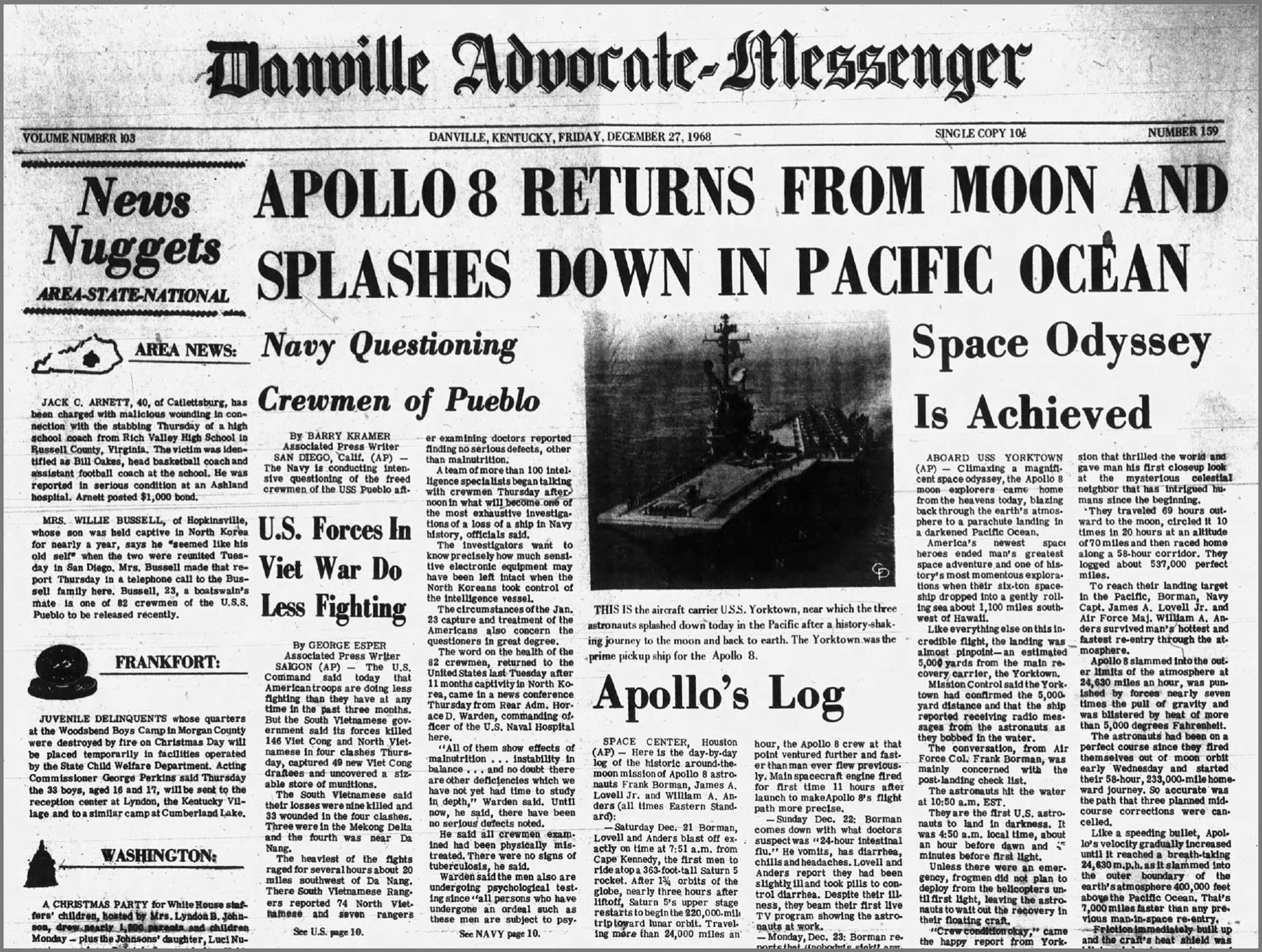to Your Good Health: Agent Orange linked to some cancers, but not melanoma
Published 11:36 am Thursday, April 22, 2021

DEAR DR. ROACH: Your recent column on melanoma piqued my interest. My husband was exposed to Agent Orange in Vietnam in 1968. He had a melanoma on his neck removed with lymph nodes in 2007. On July 31, 2017, he was finally declared disabled from exposure, due to damage to his heart and lungs. He died four days later. Could you please comment on the possible link between Agent Orange and melanoma? — C.W.
ANSWER: I am sorry to hear about your husband. The sacrifices our soldiers have made are often shared by their families.
Agent Orange was a defoliant agent used by the U.S. military from 1962 to 1971. Several contaminants, including TCDD — a particularly toxic chemical in the dioxin class — was present in this and other herbicides used in Vietnam.
The health effects of Agent Orange including its contaminants are complex, and the National Academy of Sciences periodically publishes a comprehensive review. The most recent review stated this: “There is sufficient evidence of an association between the COIs [chemicals of interest: Agent Orange and its contaminants] and soft tissue sarcomas, B-cell lymphomas (Hodgkin lymphoma, non-Hodgkin lymphomas, chronic lymphocytic leukemia, hairy-cell leukemia), and MGUS.
“There is limited or suggestive evidence of an association between the COIs and bladder cancer; laryngeal cancer; cancers of the lung, bronchus, or trachea; prostate cancer; multiple myeloma; and AL amyloidosis.
“There is inadequate or insufficient evidence to determine whether there is an association between the COIs and any other specific type of cancer.”
The report looked specifically at melanoma and noted inadequate research to make a statement on whether melanoma risk would be increased by exposure to Agent Orange in Vietnam.
Major risk factors for melanoma include lighter skin and excess exposure to ultraviolet light. Your husband was almost certainly exposed to excess ultraviolet light in Vietnam. Few people took precautions at that time. Although the sun exposure probably increased his risk, I cannot say whether exposure to Agent Orange increased your husband’s risk for melanoma.
DEAR DR. ROACH: I have started to do some cooking. Some recipes simply call for “salt,” some for “sea salt,” and others call for “kosher salt.” Are there any differences among these from a health standpoint? — R.V.
ANSWER: All of these salts (as well as pink Himalayan salt, which people write to me about) are comprised of almost-pure sodium chloride. There may be slight differences in trace minerals they contain. Iodine may be added to table salt, but usually not to Himalayan or Kosher salt, which contain very little iodine. Iodine is important to the developing fetus. Otherwise they are the same chemically.
The main difference among the types of salt besides trace mineral content is the size of the crystal. Finer crystals have a different taste from coarser ones, and the amount of sodium per teaspoon can vary dramatically based on how the salt is ground.
Experienced chefs know how much of what type of salt to use based on the type of recipe and the taste they want. From a medical perspective, they are essentially the same, and I would encourage you to experiment but not overdo it. Very high sodium intake increases blood pressure, may increase stroke risk and also makes kidney stones more likely.
* * *
Dr. Roach regrets that he is unable to answer individual letters, but will incorporate them in the column whenever possible. Readers may email questions to ToYourGoodHealth@med.cornell.edu or send mail to 628 Virginia Dr., Orlando, FL 32803.
(c) 2021 North America Syndicate Inc.
All Rights Reserved





